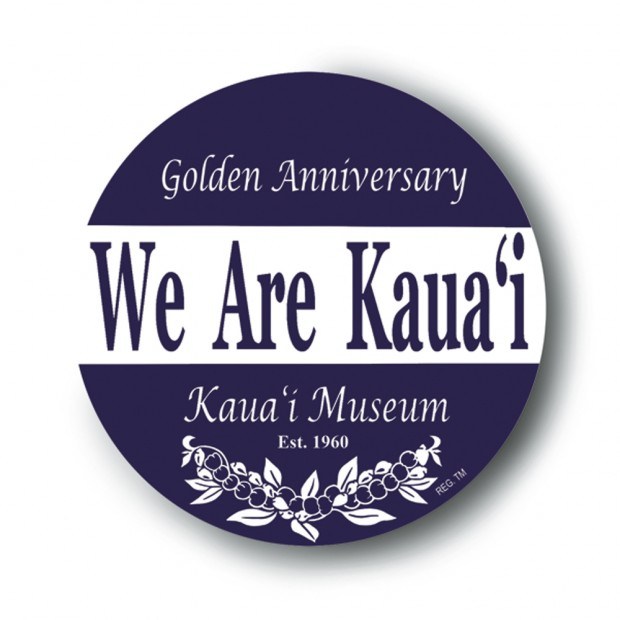LIHU‘E — The same year that Ladd & Company began sugar
operations at Koloa in 1837, William French brought a team of
Chinese men with a granite mill to demonstrate to Governor
Kaikioewa the art of sugar production in Waimea, Kaua‘i.
Editor’s note: On Dec. 3, the Kaua‘i Museum celebrates its 50th anniversary. Museum leaders have chosen 50 stories from exhibits, collections and the archives of the museum to share with the public. One story will run daily through Dec. 3.
LIHU‘E — The same year that Ladd & Company began sugar operations at Koloa in 1837, William French brought a team of Chinese men with a granite mill to demonstrate to Governor Kaikioewa the art of sugar production in Waimea, Kaua‘i.
The partners of Ladd & Company were numbered among the witnesses. The wily old governor nixed the idea and sent French and his mill back to Honolulu. It is noted that in 1837 there was a small sugar concern in Waimea operated by Kaikioewa. Perhaps this is why he was such a thorn in the Koloa operations.
Waimea’s history seems to be in fits and starts as one entrepreneur after another made the attempt. During the Mahele (land division) of the mid- 1800s, missionary George Rowell obtained about 600 or so acres that were used for dairy production and leased to for rice, and sugar production.
The incorporation in 1884 included the Rowell family’s land and a number of Hawai‘i investors. Like neighboring Kekaha, Waimea Sugar dug wells for freshwater beneath the plains and tapped the springs within the foot hills. And like Kekaha, by the 1890s it began to suffer from salted fields. The fresh water they had tapped sat on a layer of salt water. As the freshwater was pumped up, the saltwater table rose. Soon the cane roots were sitting in salt water. As the plant health declined so did the sugar content and profits. Being in an arid area, rainfall did not replenish this source, nor were the springs plentiful enough. In desperation the company sought the means to build an irrigation ditch from the only source of plentiful water – Waimea River. Among the investors were neighboring land owners and the water rights were obtained. Money was borrowed from Castle & Cooke for the implementation. Unfortunately the expense was more than the small concern could pay back within a reasonable time. By 1904, Castle & Cook was looking at foreclosure.
The Rowell family was desperate and appealed to a friend, Hans Peter Faye, the manager at Kekaha Sugar Company. Hans Peter Faye purchased Rowell’s Waimea dairy and some seafront land in Waimea and then saw the means to acquire Waimea Mill Company to add to Kekaha Sugar Company. The value in the company was not the sugar, but the water rights and to preserve the railroad right-of-way for his company. Without any consultation he purchased, with his own money, controlling interest before the foreclosure and at the next board meeting of Kekaha, his plan was rejected. Kekaha was on leased land and the added investment of Waimea was too much risk.
After the shock wore off, Faye decided that as an investment, land wouldn’t be a bad thing for his family’s future. He did work out a financial arrangement to create the right-of-ways for the company he worked for and created the ground work for Kekaha and Waimea plantations to become the largest tons per acre sugar plantations in Hawai’i.
By 1908 the small plantation was solvent and by 1911 Faye had purchased all the shares in Waimea Sugar Mill Co. From then on Faye family members ran the operation at Waimea. In 1969 following the death of the last manager, Alan Faye Sr., Kekaha Sugar finally took possession of the Waimea lands; and only as a lease.



